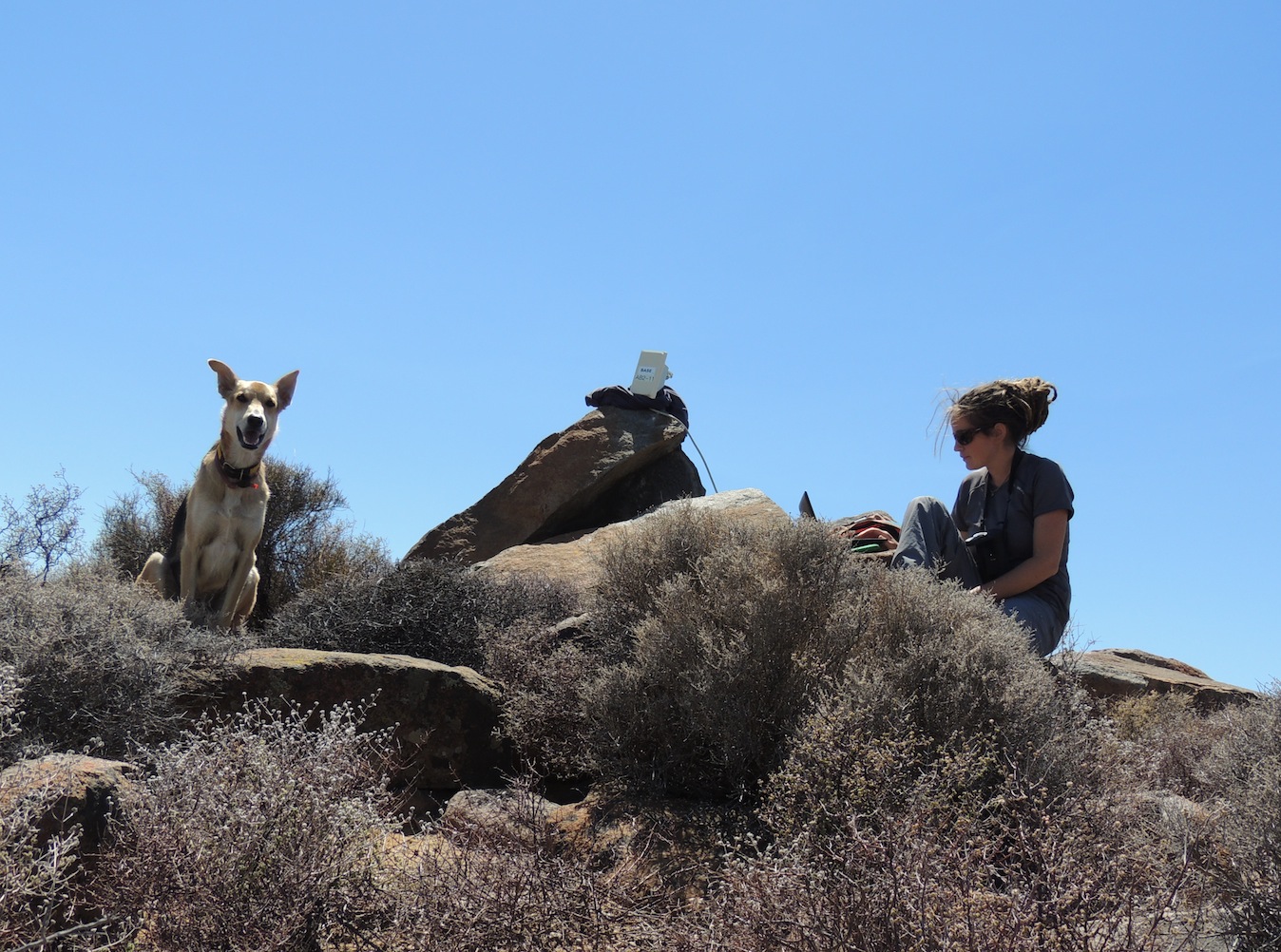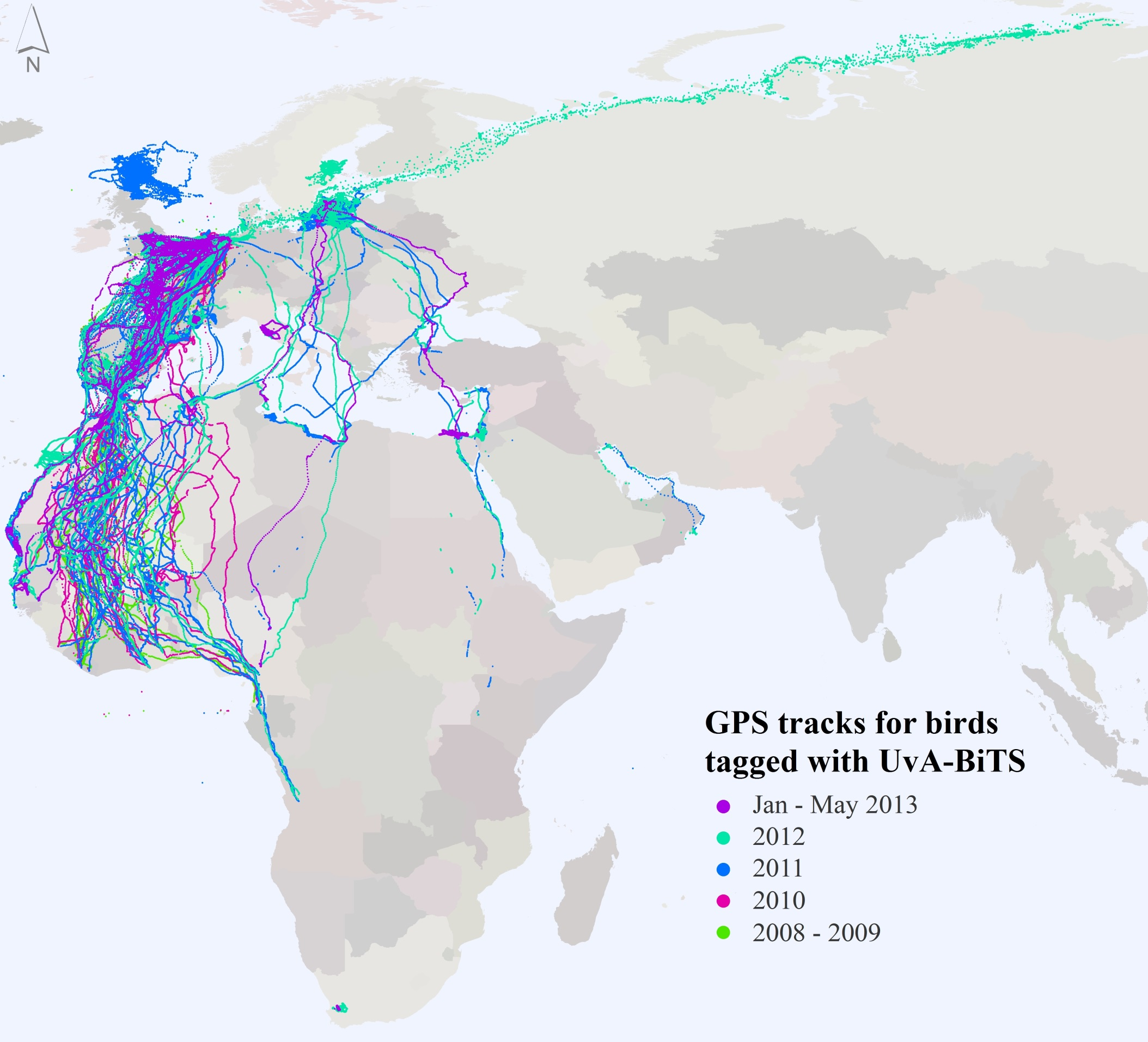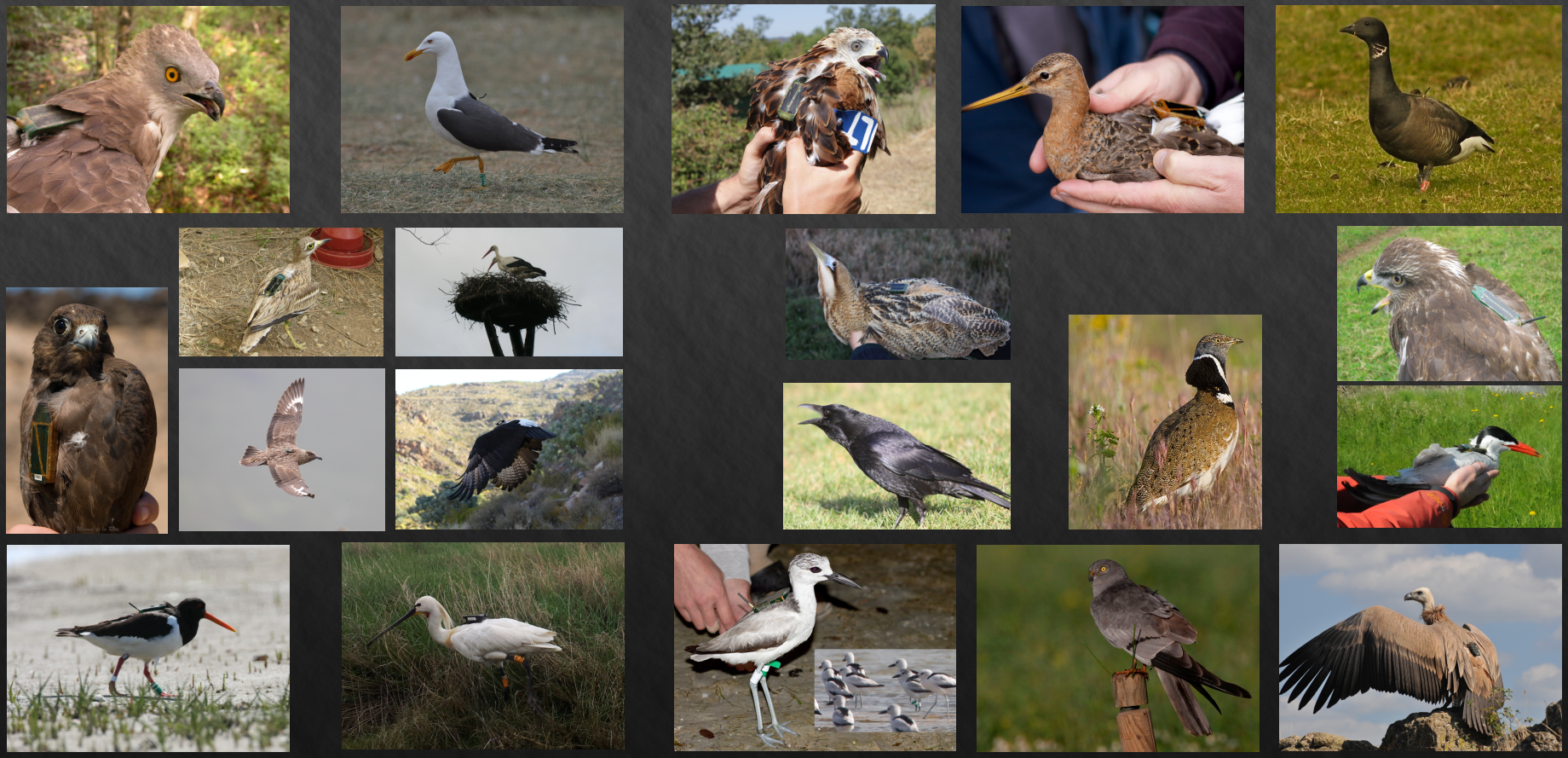UvA-BiTS database passes 10 million record mark
Wednesday, May 8th, 2013
The UvA-BiTS database continues to grow exponentially – and as we head into spring and summer many more new migrants will be coming in so the number of records will continue to grow.
Over the past year the database has amassed more of everything (records, projects, species, etc.), but most notably the geographic area covered by birds tagged with UvA-BiTS GPS devices continues to expand: northeast into Russia and south into South Africa. In addition, we see an increase in the use of migratory flyways across Eastern Europe and the Middle East.
We are also seeing an increase in the number of species being studied under different projects and by different institutions, including Lesser Black-backed Gulls, Montagu’s Harriers, Griffon Vultures and Stone Curlews. We hope that this will result in fresh perspectives and new opportunities for larger studies and collaborations between projects.
Finally, having so much data to analyze, we couldn’t resist taking a look at some of the record breakers!

The South Africa “team” conducts field work.
• The individual bird with the greatest total number of GPS fixes is one of Megan Murgatroyd’s Verreaux’s Eagles in South Africa with over 368,000 fixes recorded since its track session first began in September 2012. High-resolution GPS data is collected every 3 seconds to be able to analyze this individual’s behavior and habitat and compare it to that of other individuals living in the area.
• The individual bird who is winning the test of time is a male Lesser Black-backed Gull (ID 317) being studied by Kees Camphuysen and Judy Shamoun-Baranes. With 1,068 days of data collected between May 2010 and April 2013, this bird has been tracked for the greatest number of days (i.e. total number of days with at least one fix recorded, regardless of gaps which were not included in the calculation).
• Adriaan Dokter and Kees Oosterbeek can claim the prize for the project with the greatest number of tracked days for their research on Oystercatchers in the Wadden Sea. They have over 16,000 days of data which they have collected from 67 tagged Oystercatchers, meaning they also hold the record for the greatest number of tagged individuals for a project (not surprisingly).
To read more about these projects and many others, see the Project and Highlight pages here on the UvA-BiTS website.
Latest Highlights

Overwintering and foraging areas used by a 24-year old Eurasian spoonbill
Wednesday, April 18th, 2018

Lesser Black-backed Gulls from Schiermonnikoog enjoy their winter holiday
Tuesday, April 3rd, 2018

Oystercatchers returning from inland breeding grounds
Sunday, July 23rd, 2017

GPS tracker with SMS messaging
Monday, November 2nd, 2015

Ronny found back, three years after deployment of the UvA-BiTS GPS-tracker
Wednesday, July 8th, 2015

Lesser Black-backed Gulls feed on potato crisps in Moeskroen
Wednesday, November 13th, 2013

‘Vogel het uit!’ has won the 2013 Academic Year Prize
Tuesday, November 5th, 2013

Back in Europe: UvA-BiTS Honey Buzzard photographed at the Strait of Gibraltar
Wednesday, May 15th, 2013

UvA-BiTS database passes 10 million record mark
Wednesday, May 8th, 2013

Gulls pouring into the Kelderhuispolder colony
Wednesday, April 17th, 2013

To the Karoo and back: Mate replacement & GPS tracking study of an ousted eagle
Monday, March 25th, 2013

Meeting Montagu’s Harrier Edwin in Senegal
Wednesday, March 20th, 2013

Oystercatchers: Learning how and where to survive
Wednesday, August 29th, 2012

New GPS mini-tracker facilitates investigation into movement of smaller animals
Wednesday, July 4th, 2012

Over 5 million GPS fixes in the UvA-BiTS database
Thursday, June 21st, 2012

Tagged Lesser Black-backed Gulls return to Orford Ness
Wednesday, April 18th, 2012

Gulls spotted in their over-wintering areas
Wednesday, December 21st, 2011

The UK a top vacation destination in 2011
Wednesday, July 13th, 2011

A long way from home
Sunday, June 26th, 2011

Visiting Amsterdam for a day
Saturday, May 14th, 2011

Female deserts brood, male raises chicks
Friday, May 13th, 2011

Wintering range in Sierra Leone
Friday, May 13th, 2011

Camera watches foraging Oystercatchers day and night
Thursday, May 12th, 2011

The return of a bird presumed dead
Wednesday, May 11th, 2011

Texel gulls back from wintering areas
Sunday, May 1st, 2011

First Lesser Black-backed Gull returns to the breeding colony
Monday, April 13th, 2009



